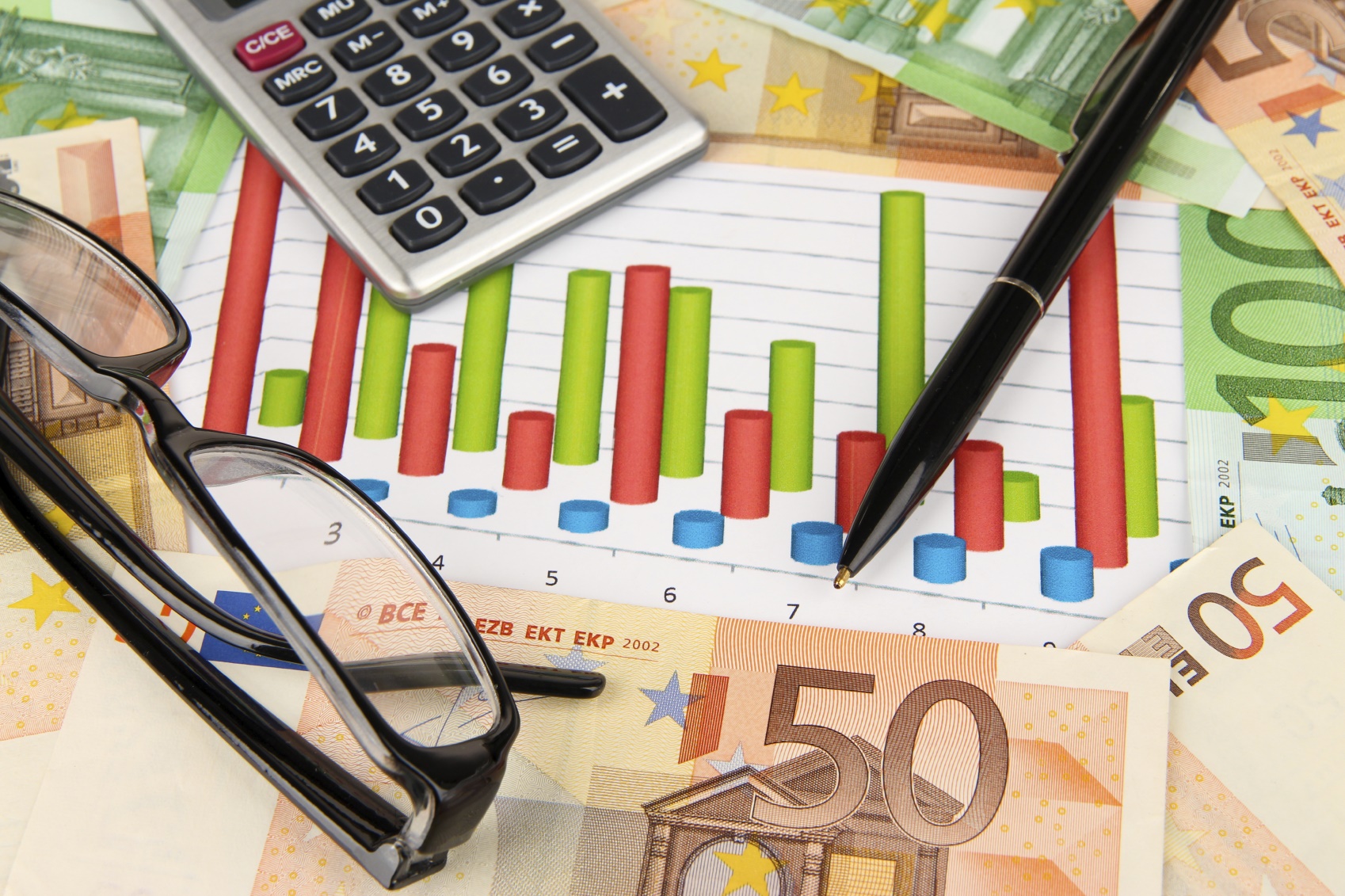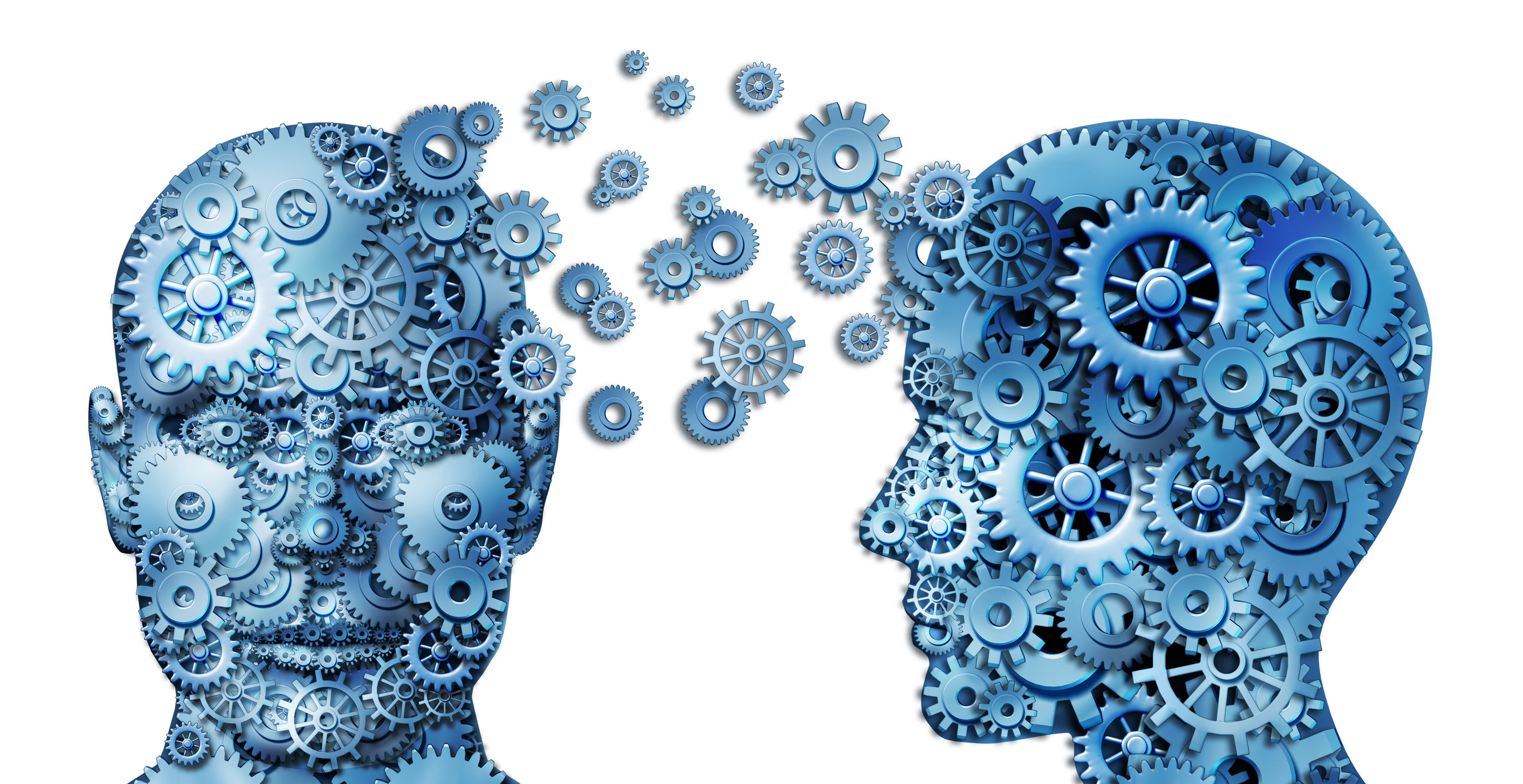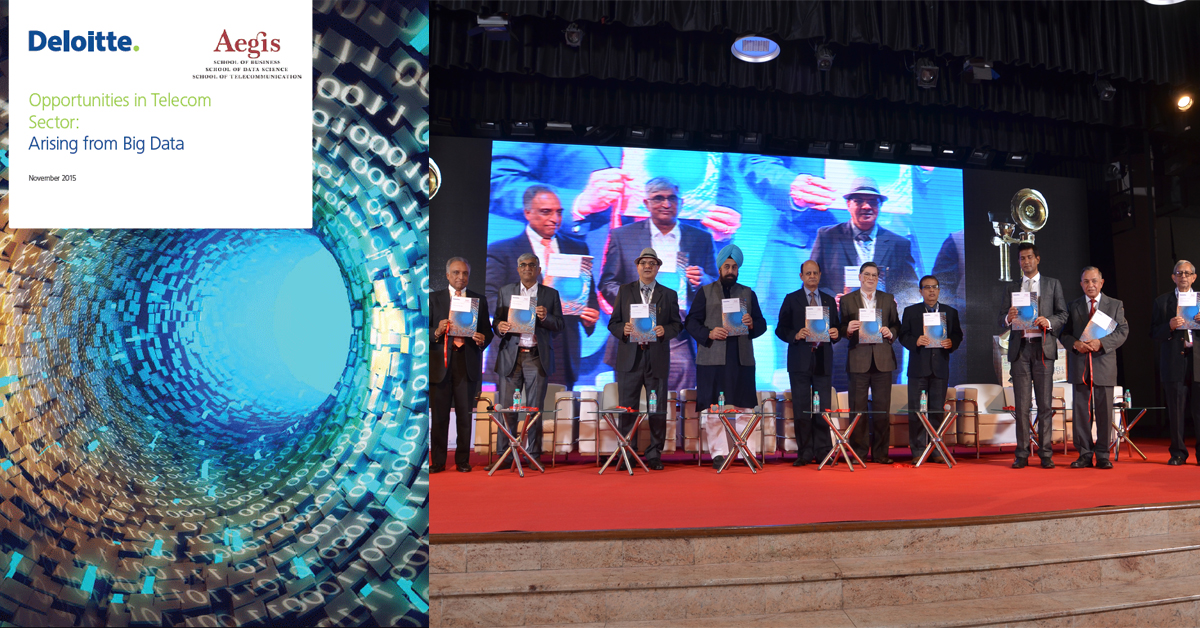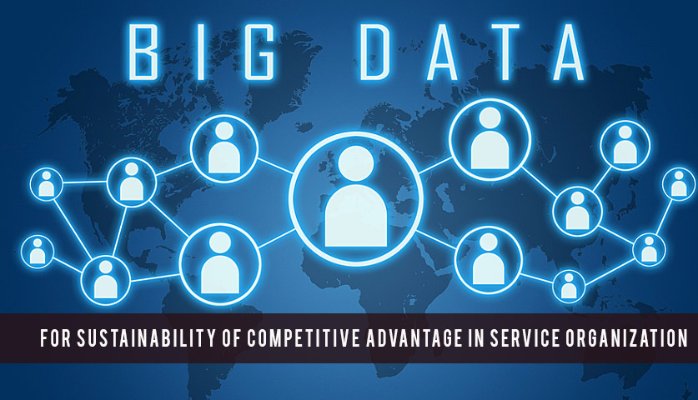India’s Demonetisation followed by digitization of its economy is substantially adding to the high volumes of data being generated by global social media and the growing number of smart phones. Big data refers to datasets that are not only big, but also high in variety and velocity. Big data deals with the information management strategy with many new types of data and data management along with traditional data. Demonetisation-to-digitization is playing significant role in revolutionizing the banking sector resulting into more avenues for Big Data industry in India.
The Demonetization unfolded a new era accelerating rapid growth in e-Banking and e-Commerce in India. After Demonetization the government of India started promoting digitization for a cashless society paving way for increased e-Banking and e-Commerce transactions.
The above figure clearly explains that, the presence on so many channels will generate so much more data of so many types such as transaction details, preferences, tweets, uploaded images, comments, emails, page views, recommendations apart from the usual sales and purchase data.
Indian Banking sector: unleashing the power of Big Data
In an era when banking is highly digitized – the mining of Big Data provides a massive opportunity to stand out from the competition. By using data science to collect and analyze Big Data, banks can improve, or reinvent, nearly every aspect of banking. Data science can enable hyper-targeted marketing, optimized transaction processing, personalized wealth management advice and more. Data science can also help strengthen risk management in areas such as cards fraud detection, financial crime compliance, credit scoring, stress-testing and cyber analytics.
Government’s “Demonetisation-to-Digitization‟ drive is playing crucial role in widening the sphere of ATM network focusing on rural India. Banks are now providing Debit Cards to their customers having saving or current account in the banks. The customers can use this card for purchasing goods and services at different places in lieu of cash. The amount paid through debit card is automatically debited (deducted) from the customers’ account. Credit cards is one of the product which banks are selling aggressively, its handy enhanced buying power is one of the main reasons that customers are being attracted towards its use. Number of customers availing net banking facilities and mobile apps are growing day-by-day. Major attraction for the customers are the ease of paying utility bills online, money transfer, making fixed deposit, buying insurance policies are attracting customers. As more and more people are now using mobile phones, phone banking is possible through mobile phones. In mobile phone a customer can receive and send messages (SMS) from and to the bank in addition to all the functions possible through phone banking.
Applications of Big Data in Banks
Advantages of Big data for banks using big data and technology may be able to reap some of the following benefits:
- Find out the root cause of issue and failures
- Determine the most efficient channel for a particular customers
- Identify the most important and valuable customer
- Prevent the fraudulent behavior
- Analyze the risk and the risk profiling
- Customized products and customized marketing Communication
- Optimize human resources
- Customer retention
Challenges in Big Data Analytics for Banking Industry
- Legal Challenges
- Regulatory Challenges
- Privacy Challenges
- Security Challenges
- Data Quality
- Organizational Mindset
- Data Visualization
- Data Integrity
- Offer management & Relationship pricing
- Inefficient Data Management
- Lack of capability of the Back end systems
- Compliance
- Regulatory reporting
- General Ledger transformations
- Dynamic Relationship based pricing
Issues Needed To Be Resolved To Provide Effective And Secure Banking Transactions
- Security
- Anonymity (Privacy)
- Authentication
- Divisibility
Effect Of Demonetisation /Cashless Economy
- Consumer behavior and demonetisation: Consumer behavior complexity has become much bigger. The concept of big data is nice, but applying that data to specific business problem is still something that has to be codified
- Currency ban and GST: Demonetisation could aid a smooth transition to the GST. Demonetization and GST acting in tandem may deliver a new higher normal for the tax-GDP ratio by pushing it from the current level of 16-17 per cent of GDP to 20 percent in the medium term by formalizing the informal sector. This would considerably enhance the financial capacity of the government of to deliver basic services to the people.
- Internet users and Demonetisation: Indian Internet user base is expected to double in the next three years.
- Demonetisation will help the Indian economy in the longer run
- The quantum of India’s economy moving through the digital pipes will witness massive growth
The availability of public infrastructure in terms of bandwidth, connectivity and the penetration and performance of smart phones is a prerequisite






